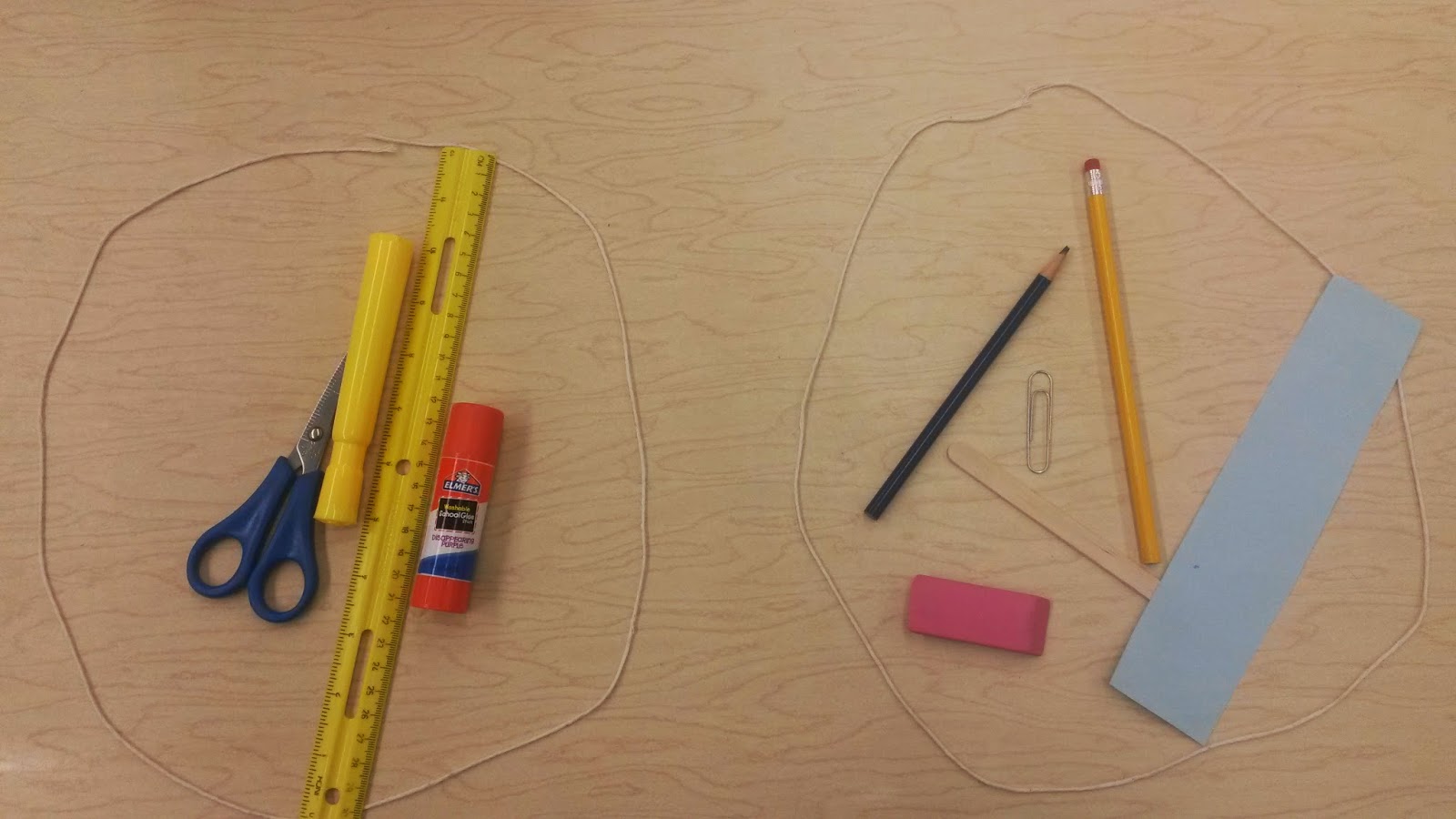I thoroughly look forward to the refreshment that will come during the next two weeks of Winter Break (Turning off my wake-up alarm! Drinking as much water as I want! Leisurely lunches with friends!). I thought about taking a "year off" from writing thank you notes for gifts I received from students, but couldn't escape hearing my mom's voice saying something to the extent of, Those who aren't thankful will stop getting gifts. Not that teachers expect gifts or do what they do for compensation, but gifts are always a greatly appreciated source of encouragement as we pour so much of ourselves and our time into our students. And expressing gratitude is something I want to teach our students.
I know I teach Math and Science, but over Winter Break, I encourage our students to practice expressing gratitude through learning how to write thoughtful thank you notes for gifts received (which by the way is much more enjoyable with a special writing tool and fun stationary).
How to Write a Thank You Note:
First--greeting. {Greet the giver by name...it's important!}
Second--thank you. {Thank the giver for the gift or act of service. It's OK if it's simple; this is a sincere expression of appreciation.}
Third--talk about use. {Say something about the item, then talk about how you’re
going to use it. If it was an act of
service, you can describe its impact, and what it meant to you.}
Fourth—get
personal {Talk about how and what the giver means to you
personally. If you don’t know the giver
well, say what you know or something along the lines of I’m thinking of you, and I hope you’re doing well.}
Fifth—thank
you, again {You can never say thank you enough! End with thanks
again...}
Sixth—signature {Love, sincerely, truly yours, etc…then sign
your name!}
I don't know of anyone who doesn't like receiving hand-written notes in the mail (always preferable to bills and junk mail!), and they are ten times more precious when penned in kid-print or the wobbly beginning stages of cursive!

















